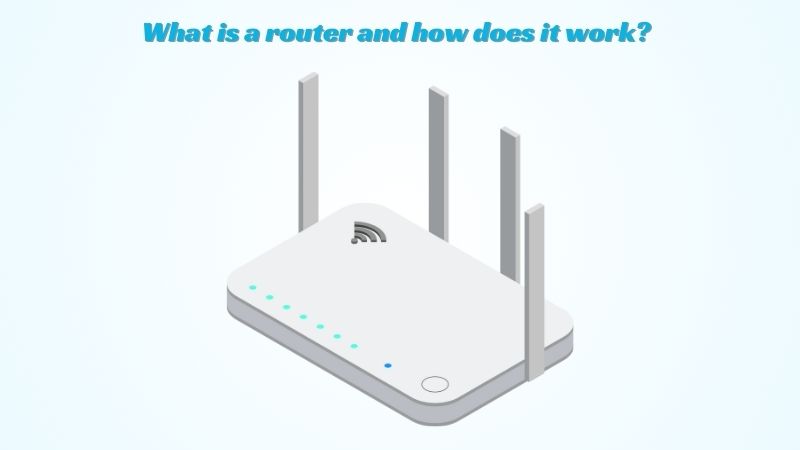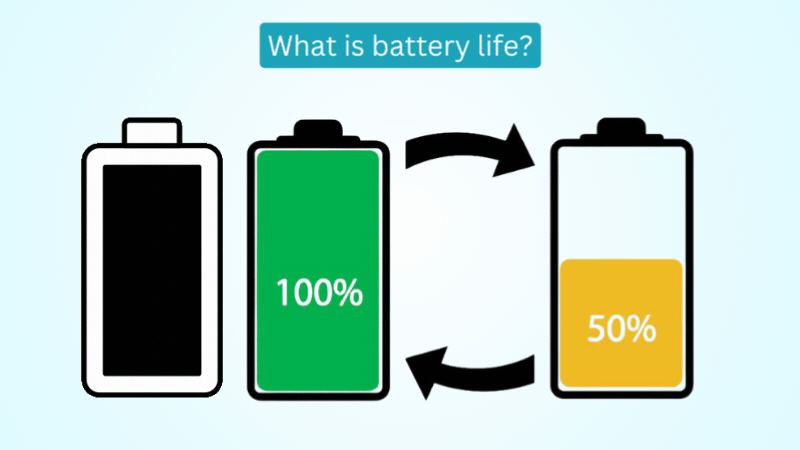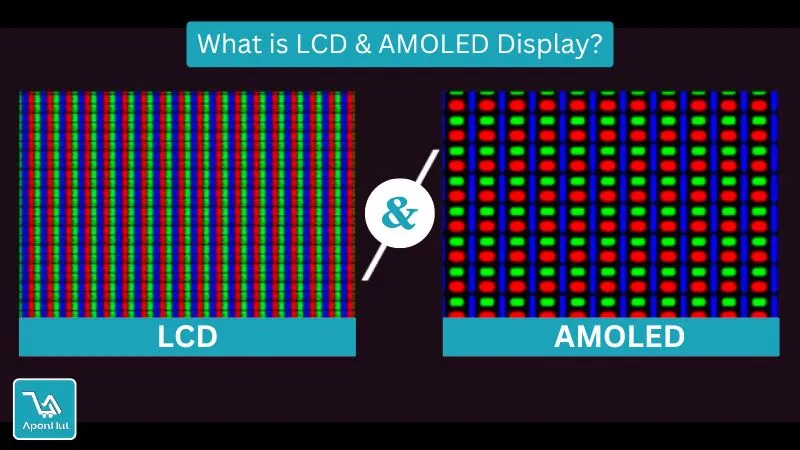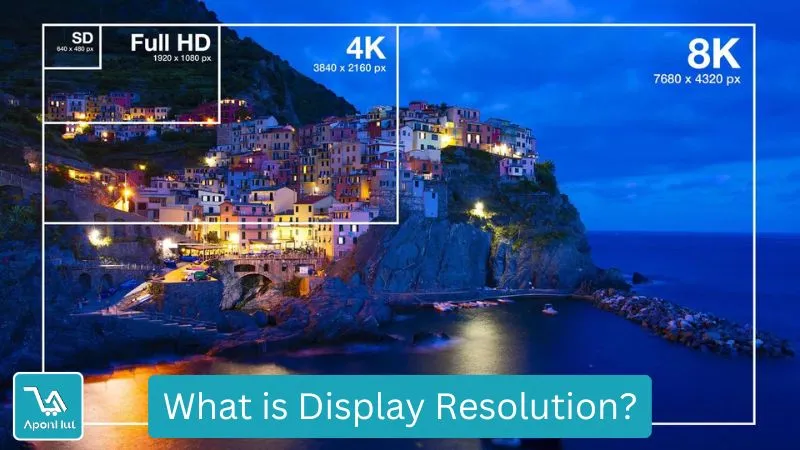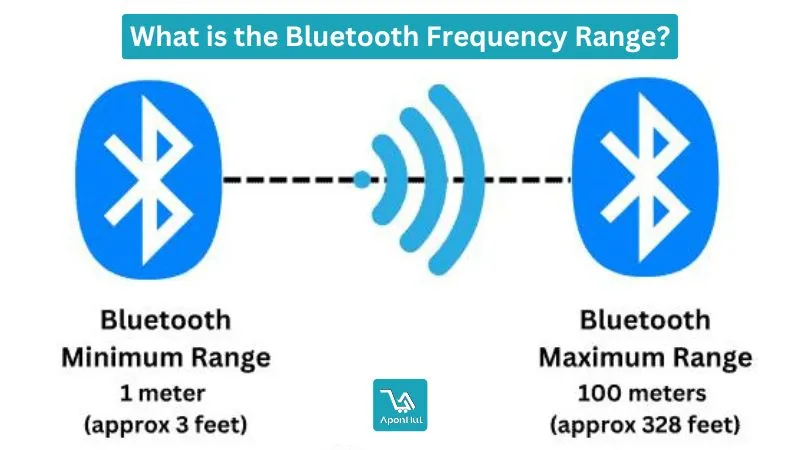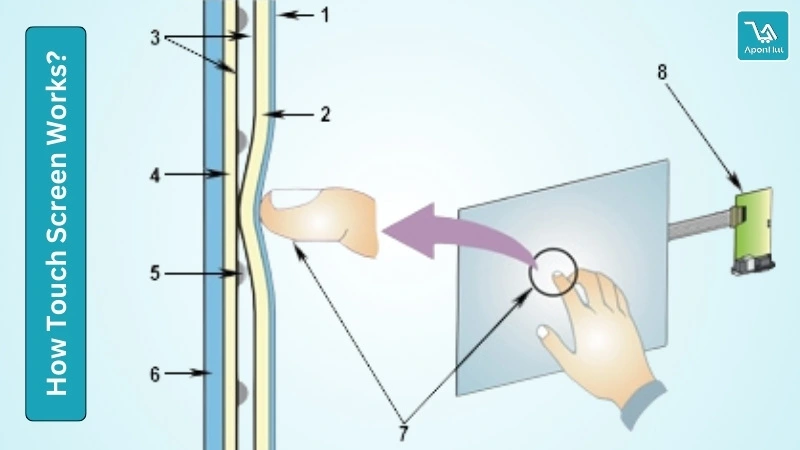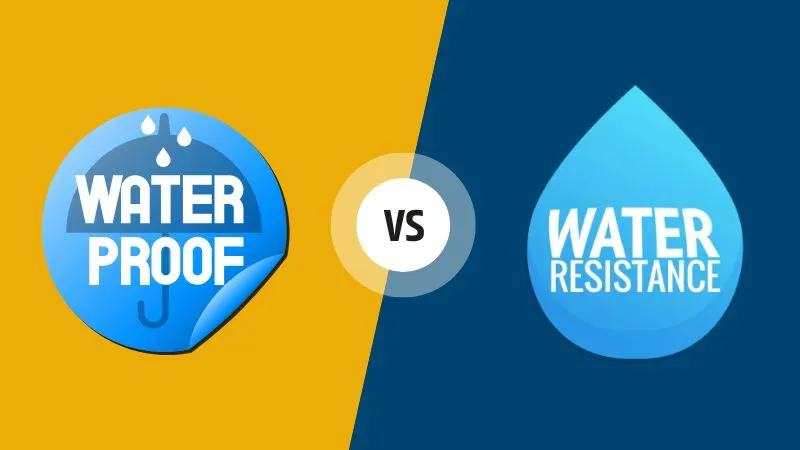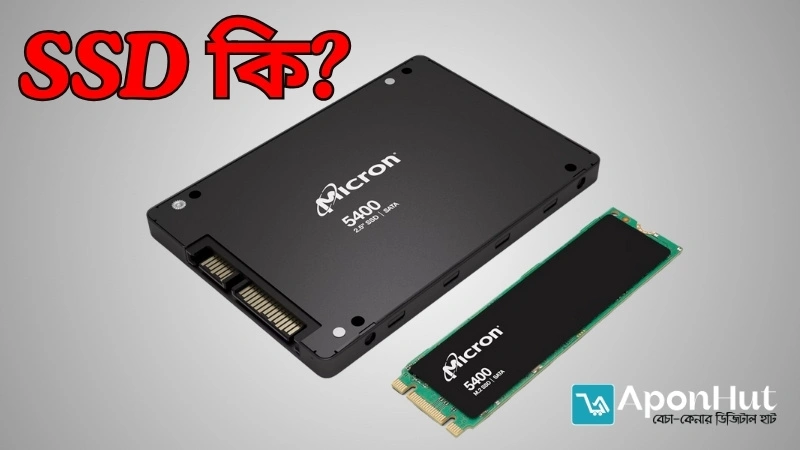"What is IPS on a screen?" How it improve the colour
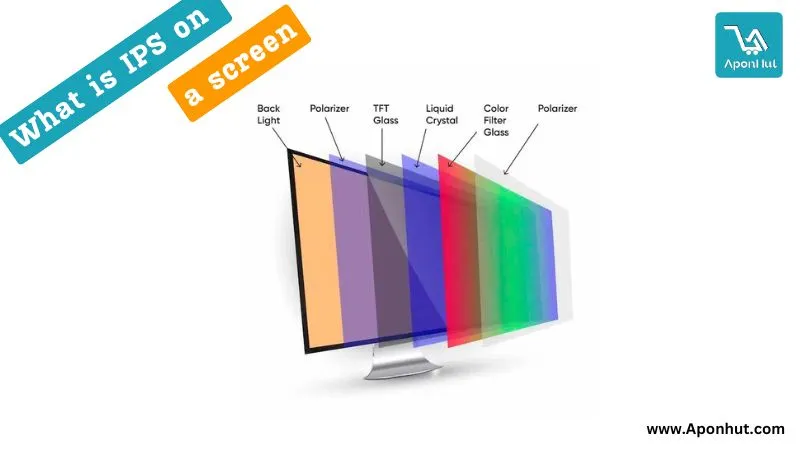
When selecting a new monitor, smartphone, wearable, or TV, there are so many things to consider. One of the primary factors to consider is the quality of the viewing screen. Also, you might come across the term “IPS” in the specification. But what is IPS on a screen, and how does it affect your viewing experience?
Now we will discuss what the IPS screen means, the IPS screen type, and its advantages.
What is IPS on a screen?
LCDs (liquid crystal displays) typically utilize the electric screen display technology known as IPS screen. The full form of IPS screen involves In-plane switching, which consists of backlighting or a mirror behind a polarizer. To create an image that is sharper and more accurate, it alters the behaviour of an LCD liquid crystal. This enables the IPS screen to deliver a superior visual experience. Every gadget utilizes the in-plane switching technology.
How does an IPS screen technology work?
On the liquid crystals inside the LCD, IPS technology operates. Therefore, the application of voltage causes the crystals to rotate in parallel, facilitating easy light transmission through them. The display reduces interference to produce a clearer final image on the screen.
How many IPS screen types are available?
I believe you now understand what is IPS on a screen. If so, then understanding how many types of IPS screens are crucial. Screen variations that are commonly associated with IPS are S-IPS, H-IPS, E-IPS, and PLS, the latter being the most recent version. However, these types of IPS screens are all quite similar. We collectively refer to them as "IPS screen types." All of them have great colour, and ultra-wide viewing angles, and deliver major benefits.
LED vs. IPS screen: Which is better?
Technique
One of the big advantages of the IPS screen is that it changes the arrangement of liquid crystal molecular particles. It also incorporates horizontal conversion technology.
On the other hand, LEDs require the display to have backlight support. Additionally, it must traverse two layers of glass, diverse optical films, and a color filter to produce polarization.
Viewing Angle
The rotation of liquid crystal molecules in the IPS screen contributes to its excellent viewing angle performance.
LED screens, on the other hand, frequently suffer from colour shifting and reduced brightness when viewed from an angle.
Better contrast
IPS panels typically offer better contrast ratios than older LCD technologies. As a result, deeper blacks and brighter whites improve the overall visual experience, making images and videos more immersive. This is better than LCD.
Response time
IP screens have slower response times. However, they still don't match the panels in terms of speed. LEDs, in contrast, use TN panels that offer faster response times. This makes it a preferred choice for competitive gaming, where past-faced action requires minimal motion.
Final Thoughts
So, what is IPS on a screen? In short, IPS is a display technology that prioritizes colour accuracy, superior image quality and wide viewing angles.


